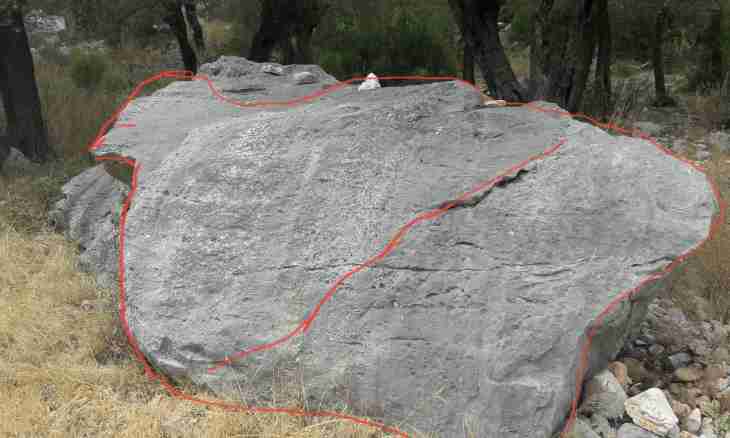In practice of amateur designing the situation when there is a need to define number of rounds in transformer windings with unknown parameters rather often meets. To make it, rather usual tester allowing to measure tension.
Instruction
1. At first define all windings of the transformer by a tester, them can be two and more. To calculate quantity of rounds in windings, you need a control winding with the known number of rounds. If between the coil and a magnetic conductor of the transformer there is a gap, reel up an additional winding. The more you will reel up rounds, the more precisely there will be a result of measurements.
2. In case it is impossible to reel up a winding, carefully open an external insulation layer of the coil to get access to an external winding. Count some quantity of rounds (the more the better), then carefully scrape off a tip of a knife or other suitable tool enamel on the small site of the last counted round. Taking measurements, you will connect one probe of a tester to a conclusion of an external winding, and the second to concern the smoothed-out site of a wire. For convenience to the probe of a tester it is possible to primotat a wire a needle.
3. Measure resistance of all windings of the transformer. For primary accept a winding with the largest resistance. If there are several windings with a big resistance, take for primary winding with a small resistance. There is no basic difference here.
4. Give on primary winding small alternating voltage – for example, 12 V. After that measure tension on all remained windings, including additional. Write down results of all measurements.
5. Now, having data of measurements, you can calculate number of rounds in transformer windings. Use for this purpose a formula: n = Un × Wdob/Udob. Here n is number of rounds of a winding of the transformer, Un is tension on this winding, Wdob is number of rounds of an additional winding, Udob is tension on an additional winding.
6. To calculate number of rounds on that winding on which gave tension give it on other winding and once again measure all tension. After that calculate number of rounds according to the scheme already familiar to you.
7. If you did not reel up an additional winding, and used some number of rounds external, then measure also tension between an internal conclusion of this winding and the smoothed-out site of a wire of an external number of a winding. Calculate number of rounds of this winding on the formula given above and put it with already counted quantity of rounds of the same winding serving instead of additional.

